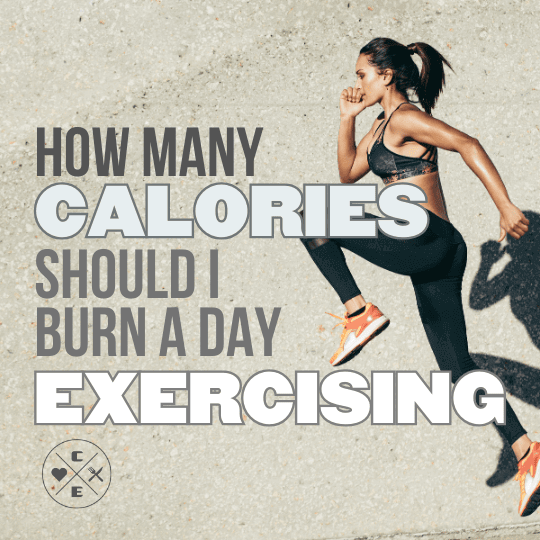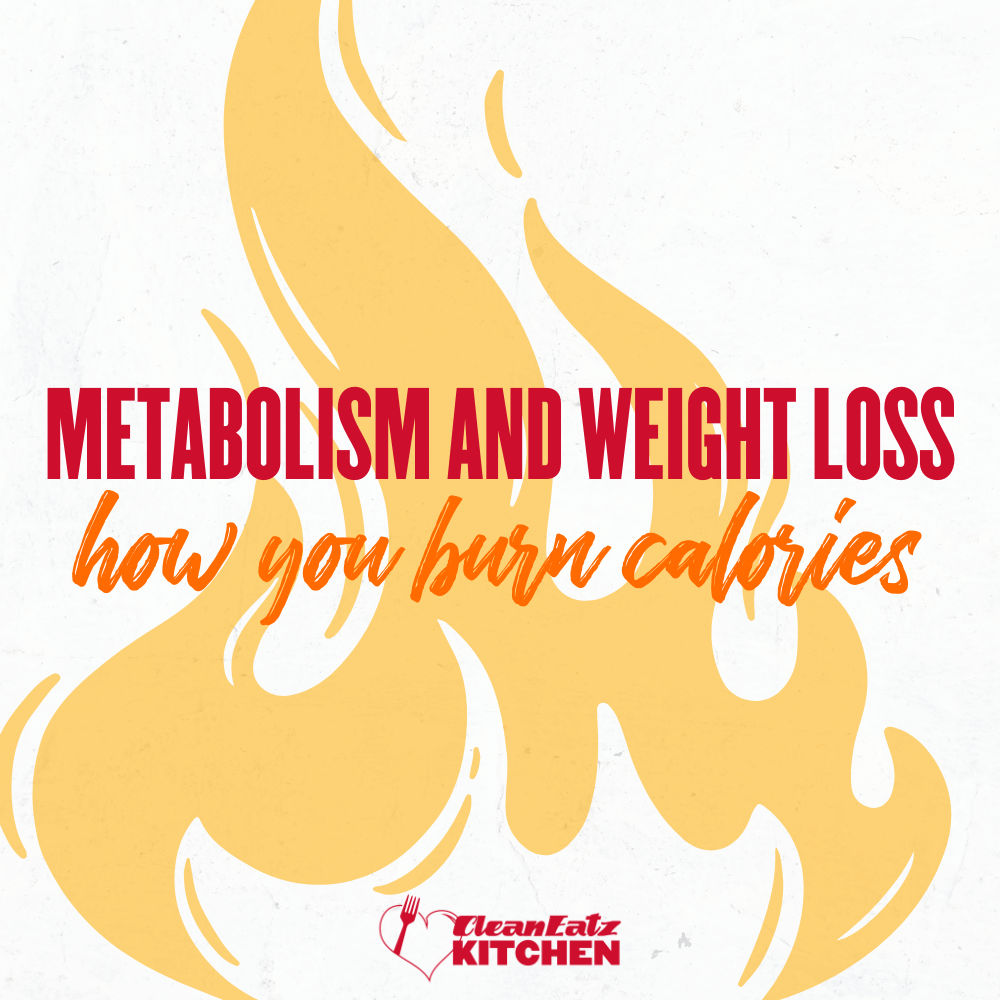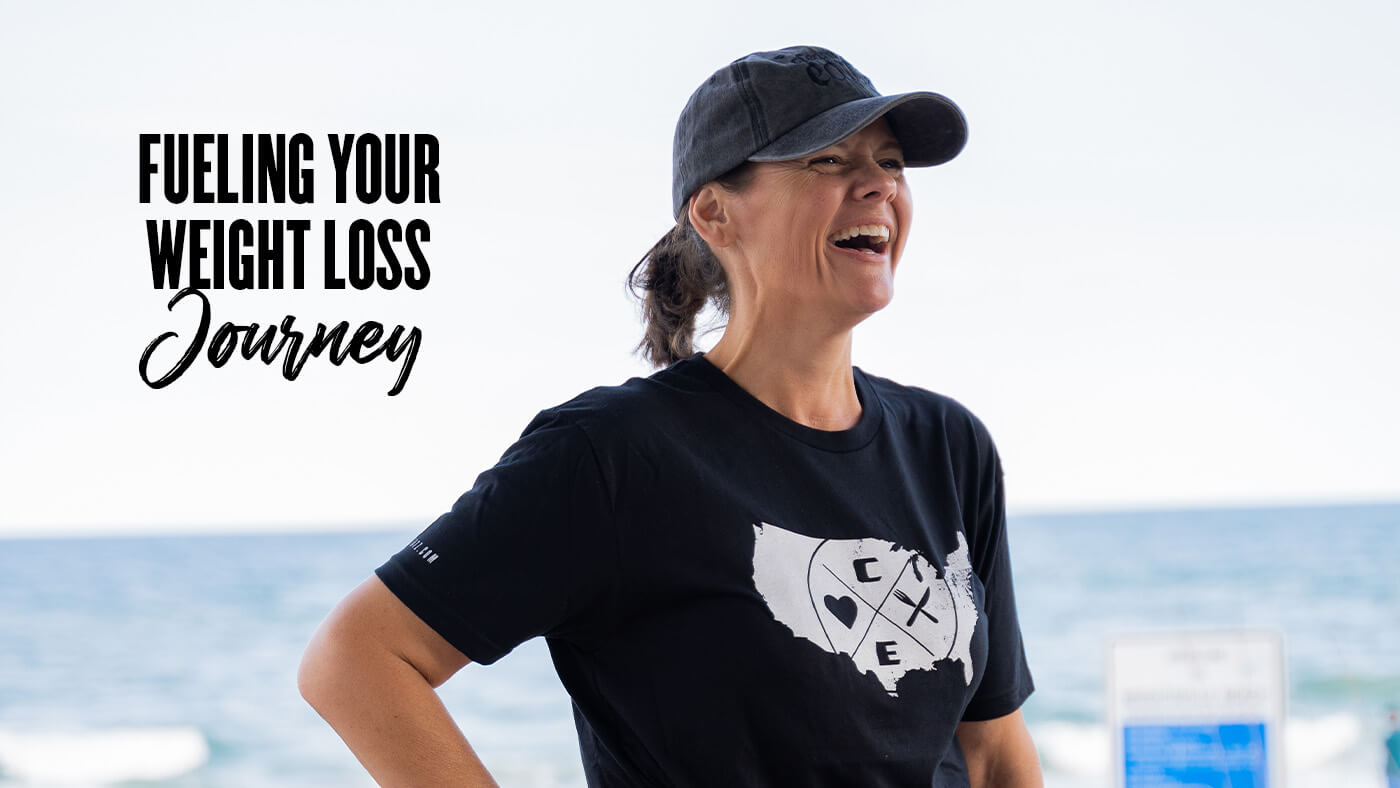
How Many Calories Should I Burn a Day Exercising?
Jason Nista
Exercises & Fitness
|
Weight Loss
11 minute read
Table of Contents
You've probably heard that you should aim to burn a certain number of calories each day. But did you know that the number of calories you need to burn depends on a number of different factors, including your weight, height, and activity level? In this guide, we'll explain how to calculate your calorie needs and provide a few tips for meeting them. So read on if you are wondering how many calories should I burn a day exercising and start seeing results!
Understanding Calories and Exercise
To understand how many calories you should burn, especially when considering a "souping diet" or asking "How Many Calories Should I Burn a Day Exercising?", you need to pay close attention to your weight, height, and activity level. Another critical question to consider is your choice of food. For instance, "Is Tuna Good For Weight Loss?", "Is Ceviche Good for Weight Loss?", and "Is Watermelon Good for Weight Loss?" are common queries among weight-watchers.
For starters, you need to ask yourself how active you are. The more active you are, the more calories you'll burn. Weight and height are also essential factors that play into the equation. The more weight you have, the more calories you'll need to burn. And it's a known fact that taller people tend to burn more calories than shorter people.
Considering your diet alongside your physical activity is crucial. Foods like tuna, ceviche, and watermelon each offer different nutritional benefits and caloric content. Understanding their roles in weight loss can significantly impact your weight loss journey.
Embarking on diets like the souping diet or setting calorie burn goals requires a good understanding of your body's needs and the effects of exercise and diet. So how do you figure all of this out? It can be a tad confusing, but don't worry because we're here to guide you! Ensure you're always consuming a balanced diet and seeking expert advice when necessary. Additionally, if you're looking for convenience and affordability, consider exploring options like affordable meal delivery services, which can help you maintain a balanced and nutritious diet without the hassle of meal preparation.
Estimating Your Calorie Needs
Now that you have an idea of how many calories your body needs to maintain its weight, you need to estimate how many calories you need to burn each day in order to lose weight.
This isn't an exact science, but there are a few ways to go about it. If you're wondering, 'How many calories should I eat to lose weight?' One approach is to reduce your calorie intake by 500 calories per day, which will result in a 1-pound weight loss per week. Another way is to create a deficit of 3,500 calories per week, which will also result in the same 1-pound weight loss per week.
If you're not sure how many calories you're currently burning, there are a few ways to estimate that as well. A good rule of thumb is to multiply your current weight by 12-15 (the number of calories you burn per pound of body weight). This calculation will give you a good starting point, but it's important to remember that everyone's metabolism is different and these numbers may not be exact for everyone.
Counting Target Number of Calories Burned in A Day
When it comes to burning calories, there are certain factors that you need to consider if you want to make your weight loss plan effective.
On average, women should aim to burn around 2,000 calories per day, while men should shoot for around 2,500. But to figure out exactly how many you need to burn each day, you'll need to do a little math.
Start by calculating your basal metabolic rate (BMR). This is the number of calories your body burns just to stay alive. To calculate it, use this equation: BMR = (10 x weight) + (6.25 x height) – (5 x age).
From there, you can determine how many calories you need to burn based on your activity level. If you're sedentary, multiply your BMR by 1.2. If you're moderately active, multiply your BMR by 1.375. And if you're very active, multiply your BMR by 1.55.
Add all those numbers up and that's how many calories you should aim to burn each day!
Types of Exercise That Help You Burn More Calories
While any form of exercise is beneficial, certain weight-loss exercises and activities can help you burn more calories each day. High-intensity interval training (HIIT) is one of the best for this purpose as it combines short bursts of intense physical activity with periods of rest. Not only does this help you burn more calories, but by alternating between periods of high and low-intensity exercise, you can also reduce your risk of overtraining and potential injuries.
Strength training is another great way to increase your daily calorie burn because it helps build muscle. Muscle requires more energy from your body to sustain itself than fat does, so the more muscle you have, the easier it is for your body to burn calories throughout the day. Additionally, strength training can help increase your stamina and may improve your performance in other forms of exercise.
Jogging/Running
We’ll start simple. It’s something we’ve been doing since before we even knew what calories were! For our hunting ancestors, running was a necessity in order to eat. Having high endurance meant we could tire out our prey enough to go in for the kill. It’s also a great way to run away from predators or rival tribes.
These days, we don’t do as much running for survival. Most of us only run for fitness and there’s a very good reason why. Running, especially for long distances, is a great way to burn calories and tap into the fat we have stored.
It’s also a great way to start your fitness journey. It increases endurance, improves cardiovascular health, and is also incredibly simple; just run! You don’t need any fancy equipment, just a path ahead of you.
Calories burned per half hour jogging - 350 calories
Swimming
A personal favorite for many and it's easy to see why! Swimming is one of the best calorie-burning activities you can do. Since your entire body is facing resistance, it's not only good for fat burning but also for muscle toning. You might have noticed that some of the best-looking athletes are swimmers.
There’s also an increased fun factor to this exercise since many of us enjoy a dip in the pool recreationally. Just half an hour, three to four times a week will do wonders for your physique.
Calories burned per half hour swimming - 300 calories
Cycling
Cycling is one of the most efficient and free ways to burn calories. Since cycling is mostly an aerobic sport, it works out your heart, blood vessels, and lungs. Your general level of fitness will rise since you'll breathe more deeply and perspire more.
An hour a day will burn the fat away. A common pastime for many and all you need is a bicycle! Just don’t forget your helmet.
Calories burned per half hour cycling - 300 calories
Boxing
Did you know that an hour on the punching bag can burn more than 500 calories? Boxing is an especially intense activity, which literally gets you into ‘fighting shape.’ It also offers one of the best post-workout highs you’ll ever get.
Other benefits of choosing boxing as your sport of choice include increased hand-eye coordination and fight IQ (great for self-defense). If you’re not interested in actually learning the sport, a punching bag, and gloves are really all you need.
Calories burned per half hour cycling - 400 calories
Tips for Burning More Calories
For those of you wanting to increase the number of calories you burn during exercise, here are some tips that are sure to help you.
- Firstly, focus on activities that require a larger muscle group like running or cycling. Not only do they burn the most calories per minute, but they also help build strength and endurance.
- You should also try to do exercises that combine cardio and strength training into one session for a more efficient workout. Strength training alone won’t help you burn as many calories as a combination of cardio and strength training would. For example, circuit training combines multiple exercises in one session and is a great way to maximize calorie burning.
- Finally, don’t be afraid to push yourself and vary your intensity level. You can get more out of your workout by pushing yourself out of your comfort zone and increasing the resistance or speed of your activities. This will create an environment where you can burn more calories in less time!
The Best Foods To Eat Before And After A Workout
While exercise is a very important aspect of health, diet is just as (if not more) important. What good is it trying to burn calories when all you’re eating is cake and pizza (not cauliflower crust pizza) Unless you want to stay at the gym for hours every day, you need to watch how many calories you consume.
Your body is a machine and it needs the best fuel to keep running the best it can. One of the best ways to watch what you eat is to prepare your own meals (no more takeout).
Eat lots of vegetables, nuts, and lean meats like chicken breast. Many people will tell you to stay away from carbs, however, your body will need carbs if it’s going to keep up with you! The real menace is sugar and saturated fat. If you want to eat something sweet, enjoy an apple or banana before a workout.
Final Thoughts
How many calories should I burn a day through exercise? Find out the personalized answer to this common fitness question! Your daily calorie burn target isn't one-size-fits-all; it hinges on factors like weight, height, age, and activity level. Generally, aiming to burn around 2,000-3,000 calories per week through exercise is a smart goal. Learn more about tailoring your fitness routine to achieve optimal results.
FAQ
How many calories should I burn in a 30-minute workout?
The calorie burn in a 30-minute workout varies depending on the exercise and your intensity level. On average, you can expect to burn between 150 to 300 calories in a half-hour session.
How many calories is 1 kg?
1 kilogram of body weight is roughly equivalent to 7,700 calories. To lose 1 kg, you need to create a calorie deficit by consuming fewer calories or burning more through exercise.
Is it possible to lose 2kg a week?
While it's theoretically possible to lose 2 kg a week, it's considered a rapid and potentially unsustainable rate of weight loss. It's generally recommended to aim for a gradual, sustainable loss of 0.5 to 1 kg per week for better long-term results and health.
How many calories do you really burn in a workout?
The number of calories burned during a workout varies widely based on factors like exercise type, intensity, duration, and individual characteristics. A general estimate is that you can burn 200 to 600 calories per hour in a moderate-intensity workout. However, precise calculations can be done using fitness trackers or professional assessments.
Feeling Inspired?
Clean Eatz's Weight Loss Meal Plan Delivery is designed to help you achieve your goals with portion-controlled meals.
Related Articles
Metabolism and Weight Loss: How You Burn Calories?
6 minute read
How Many Calories Should I Eat a Day?
8 minute read



